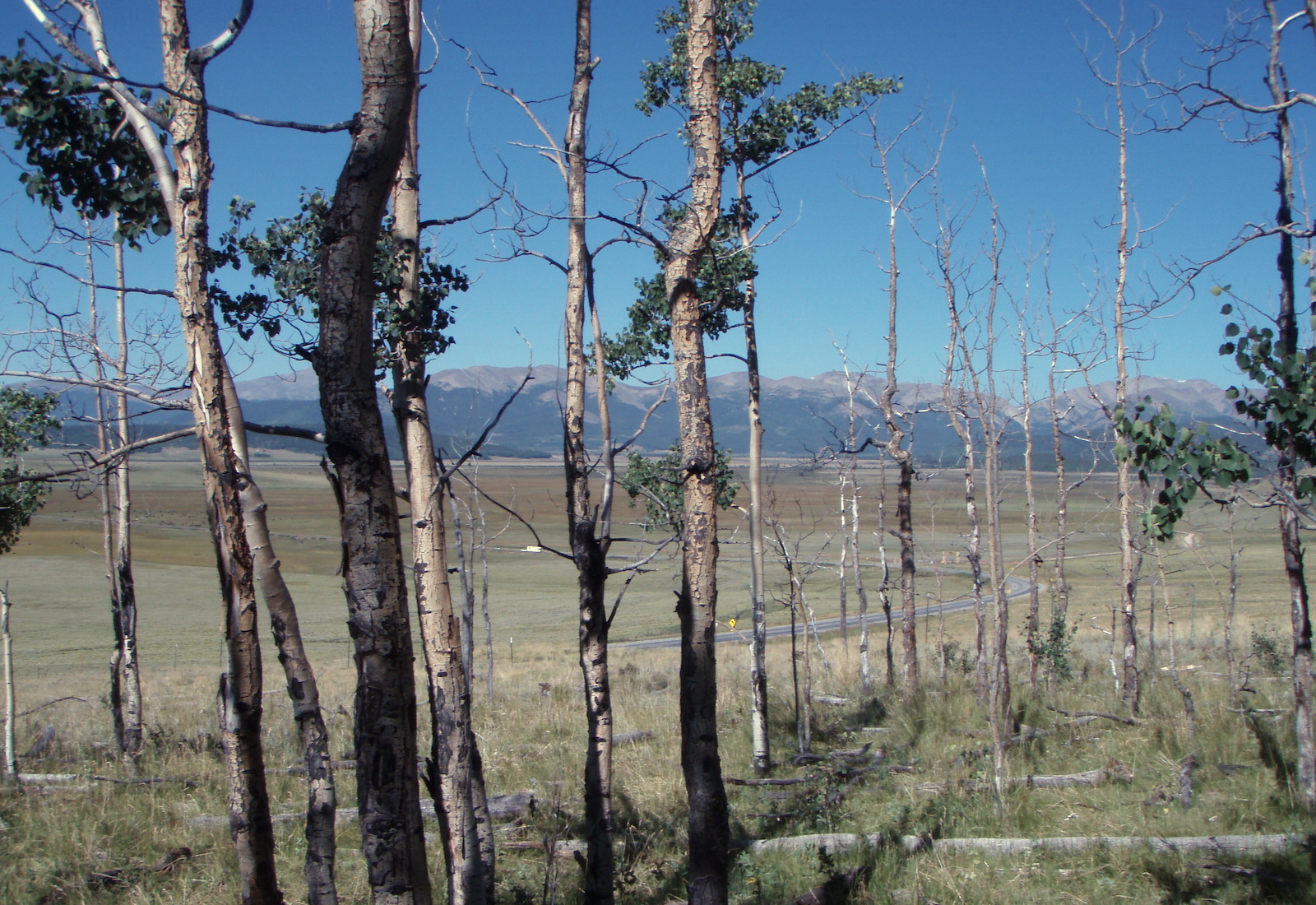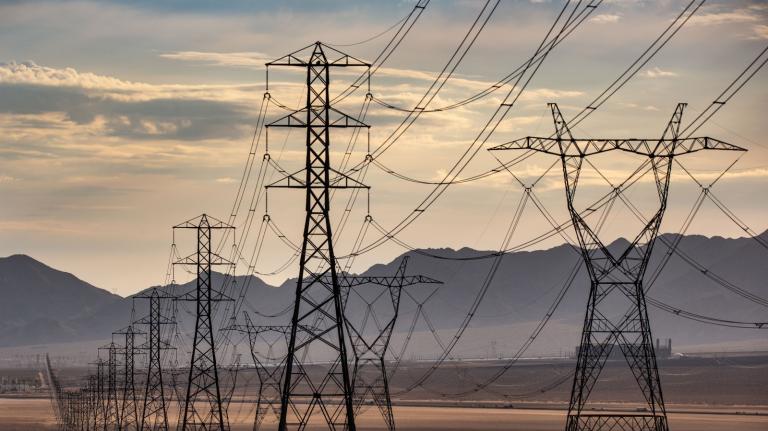U.S. forests help mitigate climate change by storing some 15 billion metric tons of carbon in trees’ leaves, trunks, and limbs. But climate change also makes their future highly uncertain. Rising carbon dioxide concentrations in the atmosphere help trees grow but also exacerbate ecological disasters associated with rising temperatures, like wildfires.
According to new research published Thursday, the future of forest carbon sequestration varies widely depending on the analysis used. Some scientific models show American forests storing more carbon over the next several decades, while others show greater regional variability or overall losses in carbon storage.
The results highlight forest-based carbon offsets as a climate gamble. These offsets consist of tree-planting or forest conservation projects that polluters pay for when they can’t get their own greenhouse gas emissions down to zero. In theory, carbon-storing forest offsets can neutralize some amount of residual carbon emissions from polluting companies and governments, but they don’t always live up to their promises. One of the models analyzed in the new study showed that, by the end of the century, wildfires and disease could contribute to carbon losses in some 1.73 million acres of forests currently designated by the state of California to offset ongoing greenhouse gas emissions.
“Forest offsets face really substantial climate risks,” said William Anderegg, director of the Wilkes Center for Climate Science and Policy at the University of Utah and a co-author of the study. “We need to keep that in mind as we’re thinking about whether we want to pursue offsets at all.”
To project what will happen to forests over time, researchers have a number of tools at their disposal. Some scientists use complex ecosystem dynamics — like the movement of carbon and water — to model whether trees will grow or die more over time. Others use big datasets of existing forests’ tree species, size, and health, and still others use machine learning to figure out what will happen to the “climate niches” trees like to live in.
Anderegg’s study pitted these three approaches against one another to look at the future of American forests, considering only the carbon they would store in above-ground biomass like leaves and tree trunks (rather than trees’ roots and forest soil, which the authors said represent a minority of forests’ carbon storage potential). The results were all over the place.

The first approach, which is based on ecosystem dynamics and does a poor job modeling the effect of wildfires, suggested American forests might store an average of 45 percent more carbon by 2100. A second model based on machine learning projected U.S. forests would store 4 percent less carbon within the same time frame, and a third based on data from more than 100,000 long-term forest monitoring plots across the U.S. ended up somewhere in the middle. It predicted forests in the eastern U.S. would store more carbon but that this growth would be largely offset by dying trees in the wildfire-plagued West.
Anderegg said the third model is likely the most reliable, since it’s based on so much on-the-ground data for U.S. trees. But the study’s results show just how hard it is to predict forests’ growth and decline.
“[U]sing a single approach to project carbon storage potential is likely inadequate” when it comes to forest-based carbon storage, the paper said.
This is especially relevant for forest-based carbon offsets, which only work if the carbon stays locked up for a very long time — ideally on the order of centuries. Anderegg’s study shows how hard it is to guarantee that protracted time frame: The middle-ground model conservatively predicted that 36 percent of the area of forests designated as offsets by the California Air Resources Board — an agency that oversees the state’s climate and air pollution programs — would lose carbon to wildfires, disease, and other climate-related stresses by the end of the century. The machine learning model’s projection was even worse: It forecasted that carbon storage would decline for three-quarters of the regulator’s offset projects by 2100.
“Offsets are risky and a fraught proposition,” Anderegg told Grist. Other experts have come to the same conclusion, given the number of offset plots that have gone up in flames over the past several years, including plots representing more than 80 percent of California’s “buffer pool” — an insurance system designed to protect the offset system against climate disasters over the next 100 years.
“Those buffer pools are likely far too small for these climate risks,” Anderegg added. He said mitigating carbon emissions and relying less on offsets would decrease those risks, helping to keep forests healthy and advance other urgent climate goals.



